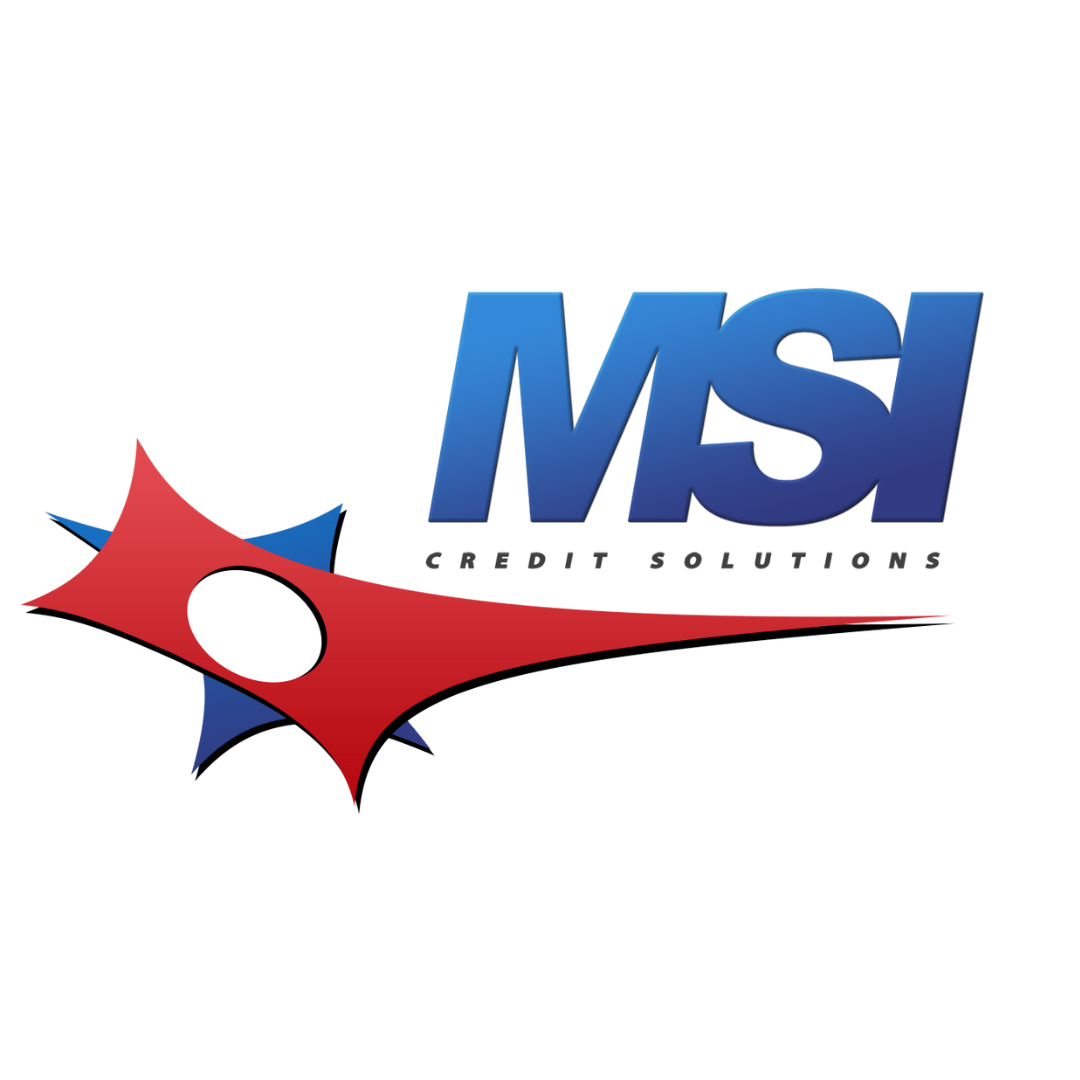Let’s discuss the differences between revolving credit and installment loans, focusing on how they relate to your credit report and our credit repair process. Understanding these is crucial because they impact your credit score differently and may present different issues that we can help address. As of today, both types of credit are fundamental components of most credit profiles we review.
1. Installment Loans
- What they are: Installment loans involve borrowing a fixed amount of money for a specific purpose, which you agree to pay back over a set period (the “term”) with fixed, regular payments (usually monthly). Once you pay it off, the account is closed.
- Common Examples: Mortgages, auto loans, student loans, and personal loans.
- How they work: You receive the full loan amount upfront. Your payment amount typically stays the same throughout the life of the loan, covering both principal and interest.
- Impact on Your Credit Report & Score (MSI’s Focus Area):
- Payment History: This is the most critical factor. Consistently making on-time payments builds a positive credit history and boosts your score. Conversely, even one missed payment reported on an installment loan can significantly damage your score.
- Credit Mix: Having installment loans alongside other types of credit (like revolving credit) contributes positively to your “credit mix,” which accounts for about 10% of typical scoring models.
- Amounts Owed: While the total amount owed matters, the impact lessens as you consistently pay down the balance. Scoring models see predictable balance reduction as responsible behavior.
- Our Role: When we analyze your credit report, we look for inaccuracies related to installment loans. This could include:
- Incorrectly reported late payments.
- Wrong loan balances or payment amounts.
- Accounts listed that don’t belong to you (potential identity theft).
- Accounts are inaccurately reported as still open after being paid off. If we find such issues, MSI will dispute these inaccuracies with the credit bureaus (Equifax, Experian, TransUnion) and the original creditor on your behalf, leveraging consumer protection laws like the Fair Credit Reporting Act (FCRA) to seek correction or removal.
2. Revolving Credit
- What they are: Revolving credit accounts give you access to a line of credit up to a certain limit. You can borrow funds (“draw”), repay them, and borrow again as needed, as long as the account remains open and in good standing. There’s no fixed number of payments or fixed payoff date (unless you choose to pay it off completely).
- Common Examples: Credit cards, Home Equity Lines of Credit (HELOCs), store credit cards.
- How they work: You can use up to your credit limit. Your required minimum monthly payment typically varies based on your outstanding balance. You can choose to pay only the minimum, the full balance, or any amount in between. Interest accrues on the unpaid balance.
- Impact on Your Credit Report & Score (MSI’s Focus Area):
- Payment History: Just like installment loans, making payments on time is crucial. Late payments on revolving accounts are very damaging to your score.
- Credit Utilization Ratio (CUR): This is uniquely important for revolving credit. CUR is the amount of credit you’re currently using compared to your total available credit limit on that account (and across all revolving accounts). For example, if you have a $1,000 balance on a card with a $2,000 limit, your CUR for that card is 50%. High CUR (generally anything above 30%) significantly hurts your credit score, as it suggests to lenders you might be overextended financially. Keeping utilization low is key.
- Credit Mix: Having revolving accounts also contributes positively to your credit mix.
- Our Role: Revolving accounts often present multiple areas for potential disputes and improvement strategies:
- We dispute inaccuracies like incorrect late payments, wrong credit limits or balances reported, or accounts you didn’t open.
- We address collections or charge-offs stemming from defaulted revolving accounts.
- While MSI doesn’t pay down your debt, we educate clients on the significant impact of credit utilization. Lowering balances on revolving accounts is often a direct way clients can positively influence their scores while we work on disputing negative items. Our focus remains on disputing inaccurate reporting associated with these accounts.
Key Differences:
- Structure: Installment loans are fixed (amount, term, payment); Revolving credit is flexible (borrowing, repayment).
- Key Scoring Factor (Beyond Payment History): For Installment loans, it’s about showing consistent repayment over time. For Revolving credit, managing the Credit Utilization Ratio is uniquely critical and has a heavy impact on scores.
- MSI’s Action: For both types, MSI focuses on disputing inaccurate or unverifiable negative information (late payments, wrong balances, incorrect account status, etc.). With revolving credit, we also emphasize the strategic importance of managing utilization for score improvement, even though high utilization itself isn’t disputed (as it reflects actual usage, unless the balance/limit is reported incorrectly).
Ultimately, at MSI Credit Solutions, we analyze how all account types are reported and work to ensure that information is accurate, fair, and substantiated according to the law. Correcting errors on either installment or revolving accounts can lead to significant improvements in your credit profile.
